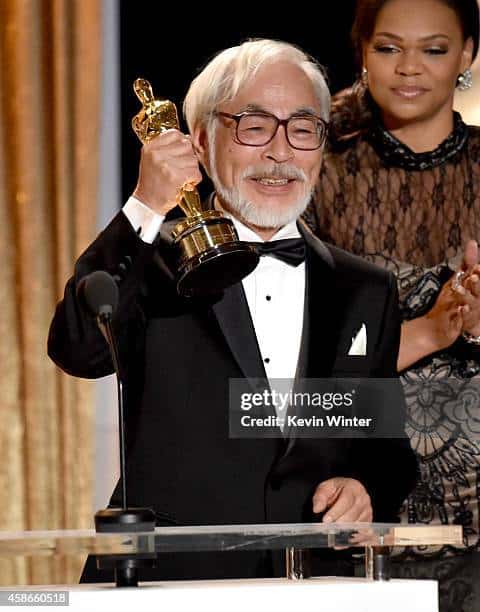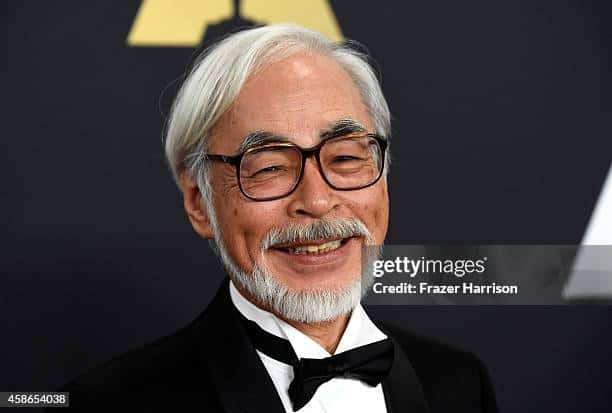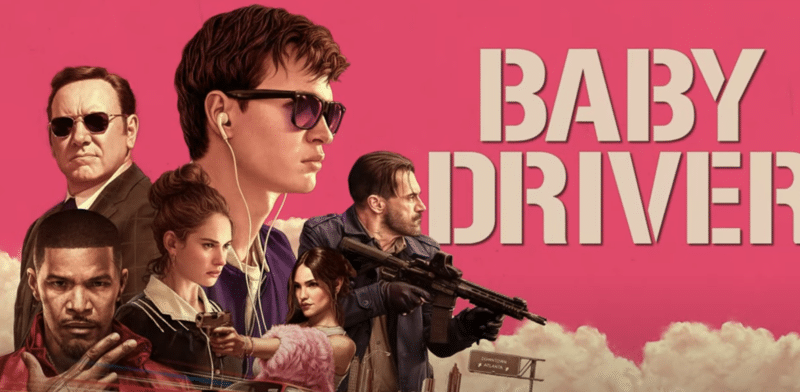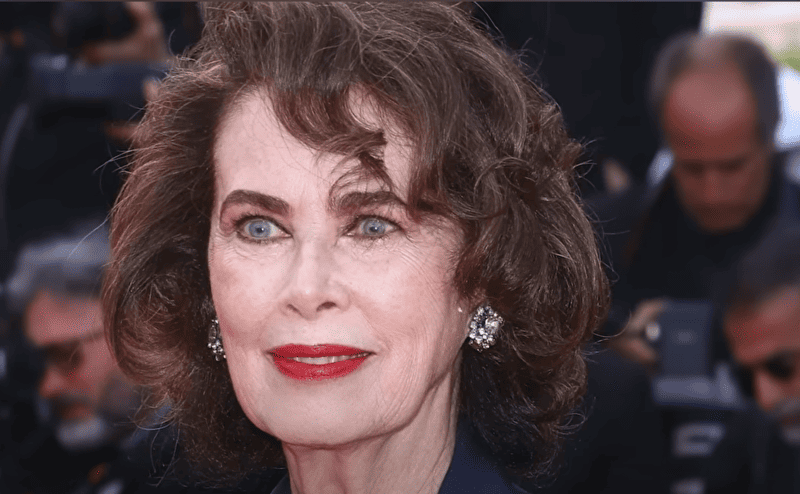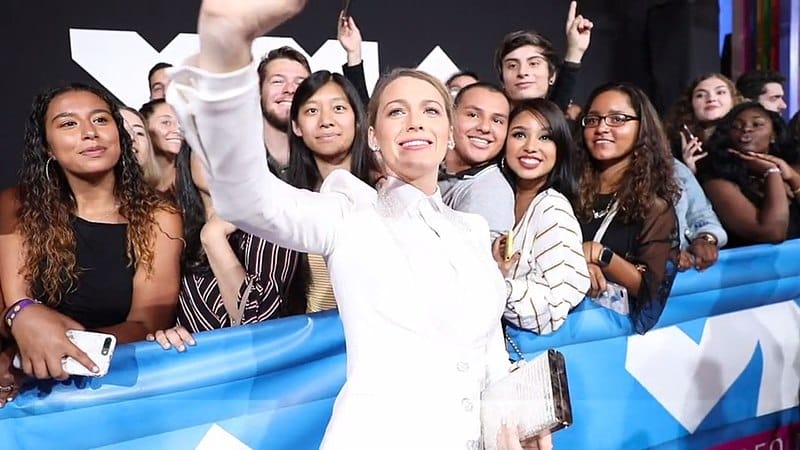The Venice Film Festival aired Spirit of Nature, the last documentary about Hayao Miyazaki, the famous film animator of Japan who influenced Occidental and Asian culture by bringing fresh air into the animation industry. In his works, nature suddenly opens to life, and characters delve into adventures about growing up, recognizing errors, and learning to love. His films are focused on youth, but their meanings can transcend into a reflection on adulthood. Understanding great minds can give a personal insight into how an artist crafts their art, and the first trace of what makes Miyazaki’s world is Miyazaki himself.
The Nature of Miyazaki
Since a young age, Miyazaki has been surrounded by war. His dad, Katsuji Miyazaki, was the director of Miyazaki Airplane, where they manufactured rudders during World War II. He developed quite a close relationship with violence. They had to travel to Kanuma because of the bombing of Utsunomysha, and in his mind prevails the city they had to leave, illuminated at night by the bombs falling above.
But what’s interesting in his films is that this enclosure with war turns into an appreciation of nature. He explores the things humanity can lose because of being unattached to a spiritual world. He represents the value of nature and life in the contraposition of violence, which takes the shape of death. Miyazaki explains in retrospect how, in war, the human mind can lose against its betrayal. All of it is from the view of the pure eyes of the ones that would construct the future, the young.
But who was Hayao Miyazaki?
As a fan of manga, the early life of Miyazaki was filled with his first inspirations. Excited for stories, he would look up artists such as Tetsuji Fukushima, Soji Yamakawa, and Osamu Tezuka. Tezuka being the most influential for him. However, this was also the reason why Miyazaki destroyed his initial works, afraid that copying Tezuka style impeded the development of his own.
But reality would be a lot different from that. Miyazaki grew as an artist, translating the memories of his life about war and family into a more subtle and gentle way of viewing the world: things such as the death of his mother, the work of his father, his fascination with airplanes, and his experiences at university. At the university, he was apart of the “Children’s Literature Research Club. These things transformed his own style of Miyazaki, or most clearly, the way he would tell stories.
Studio Ghibli
My Neighbor Totoro aired for the first time in 1988, produced by Studio Ghibli, and written and directed by Hayao Miyazaki. The story, set in postwar rural Japan, tells about two sisters who move with their father to an old house, close to the hospital where their mother is recovering from a delicate illness. Soon, a spirit and magical world are revealed to the sisters, and they get to explore the subtleness of life. This showed a wonderful appreciation of nature and the environment through adventure and friendship. The film was the first commercial success of Studio Ghibli, the company started by Hayao Miyazaki and his college, Isao Takahata (writer and director of The Tale of Princess Kaguya and Grave of the Fireflies).
Soon, Ghibli’s productions became appreciated worldwide. It’s moving emotions retreated in Ghibli’s animation; in opened spaces, the mutual relation between fantasy and nature interprets the common problems of daily life. In Kiki Delivery’s Service (1989), the relationship between growing up and one’s passion and goals turns into a problem and ends with exploring the solitude and importance of friends, relaxing, and enjoying the meaning of what’s important to us. In Princess Mononoke (1997), Miyazaki explores the early times of Japan, when humanity started to seek control of nature, and these spiritual lives couldn’t go to war against human inventions. In most of his work, his signature is clearer; the magic of Miyazaki resides in a reflection of life and the hope in children and possibilities.
The Conclusion On The Whimsical Documentary
What has been told about Miyazaki’s work, his inspiration beliefs, and later works (such as Howl’s Moving Castle or Spirited Away), impacted animation, and how young people approach art. The layers of how it’s this possible and the insights on Miyazaki’s world would be an adventure through a new documentary of his view on life, directed by Leo Favier, the team, incorporated by philosophers about the environment, the son of Hayao, Goro Miyazaki, as well as the producers of Ghibli and a lot more people that would submerge into Miyazaki’s stories.
The documentary would be produced by Les Bons Clients (Loïc Bouchet, Thibaut Camurat), ARTE France Tag Film (Christian Popp), and Emi Gueydan-Hiraoka. Written by Léo Favier and Léo Brachet, the French and Japanese teams would soon show us insights into the magic around Studio Ghibli productions.
For More Great Content
Are you desiring top-tier content that covers everything? From thrilling sports and intoxicating entertainment news to gaming tips and professional betting advice, Total Apex covers it all. Delve into our no-fluff articles to stay ahead of the game with the latest sports action, uncover the hottest trends in entertainment, and get the latest scoops in the gaming industry that will take your experiences to the next level.
Finally, our betting advice will give you a decisive edge over the competition and increase your odds of beating the books. Whether you’re looking to stay updated or gain a competitive edge, Total Apex is your one-stop shop for all things compelling and relevant. Don’t forget we cover Fantasy Sports, too!
Check out all our sites: Total Apex Sports, Total Apex Fantasy Sports, Total Apex Entertainment, Total Apex Sports Bets, and Total Apex Gaming. Out of the ashes of obscurity will rise a beast. Always remember to Respect The Hustle! Follow us on Twitter/X @TotalApexSports to stay informed.

